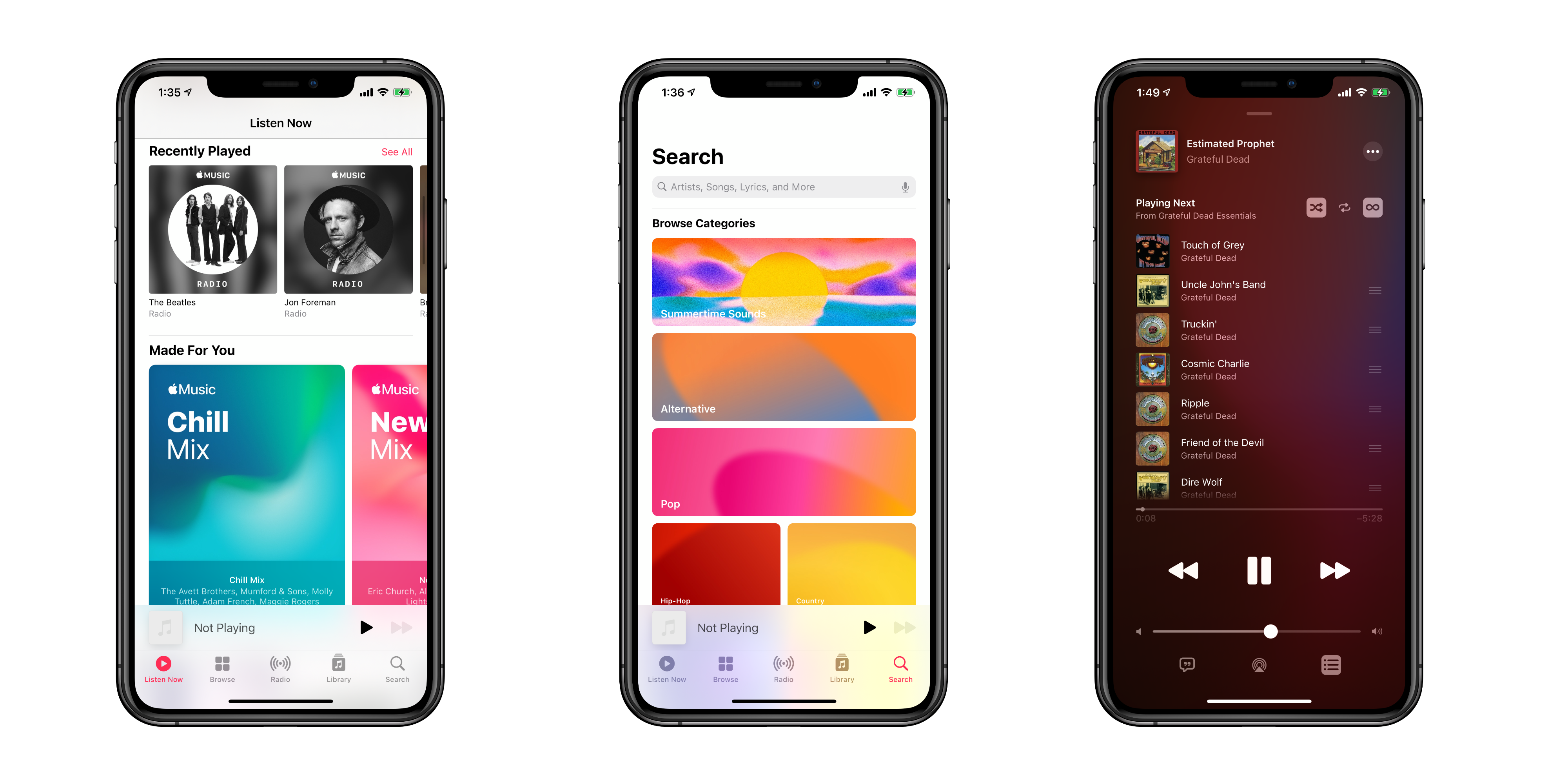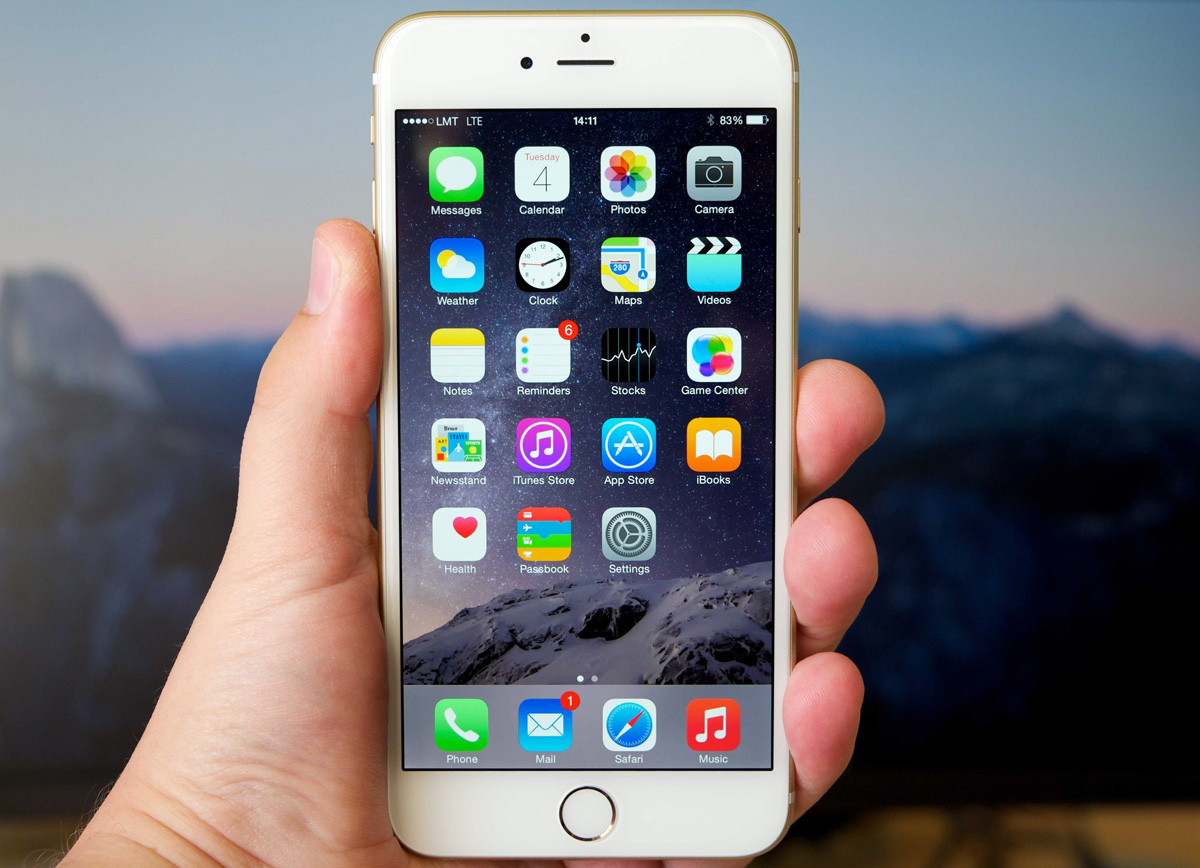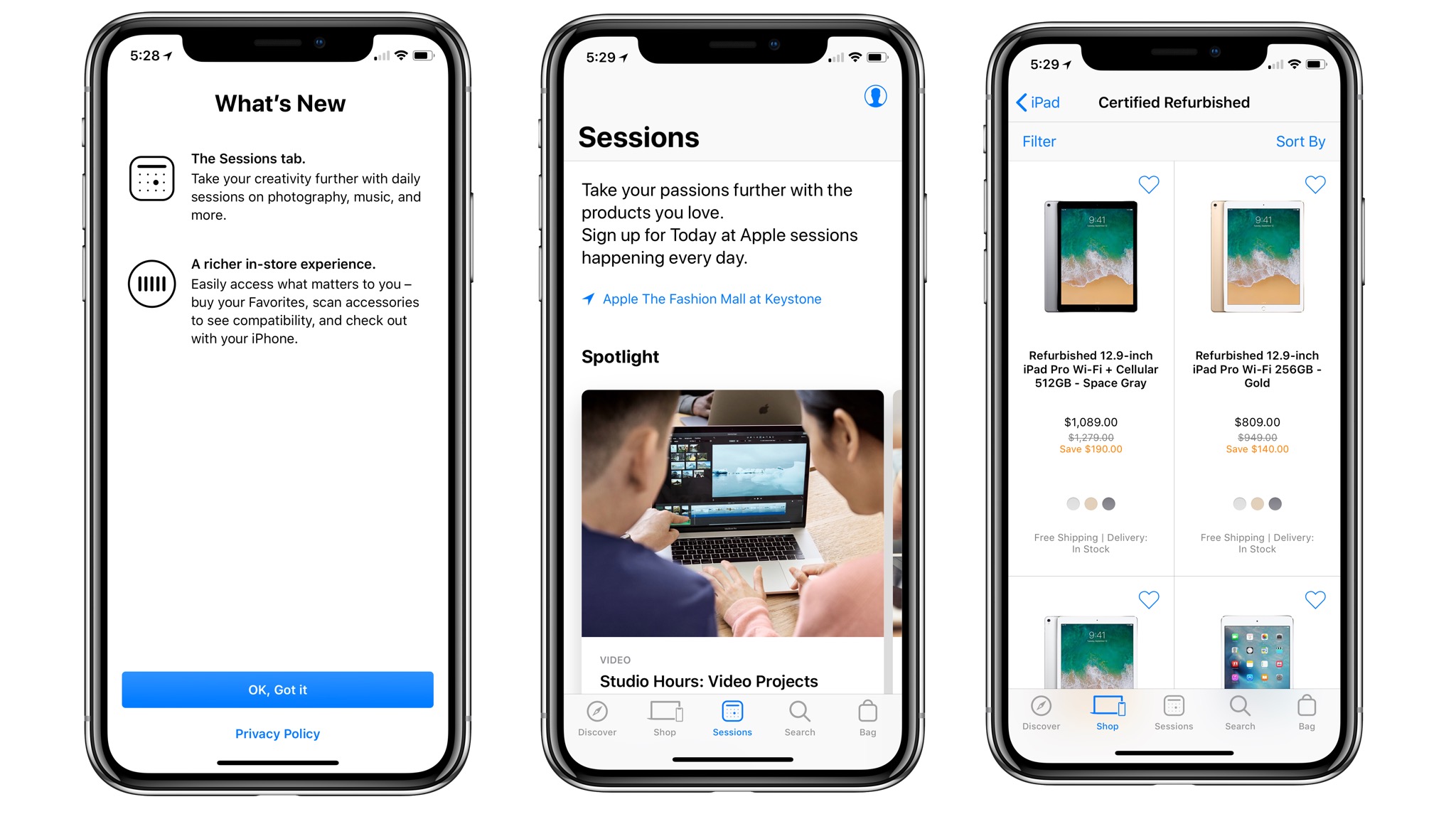

The researchers also identified nine iOS apps that used server-side code to generate a mutual user identifier that a subsidiary of the Chinese tech company Alibaba can use for cross-app tracking. “Making the privacy properties of apps transparent through large-scale analysis remains a difficult target for independent researchers, and a key obstacle to meaningful, accountable and verifiable privacy protections.” Advertisement

“Overall, our observations suggest that, while Apple’s changes make tracking individual users more difficult, they motivate a counter-movement, and reinforce existing market power of gatekeeper companies with access to large troves of first-party data,” the researchers wrote. The paper also warned that despite Apple’s promise for more transparency, ATT might give many users a false sense of security. Last week’s research paper said that while ATT in many ways works as intended, loopholes in the framework also provided the opportunity for companies, particularly large ones like Google and Facebook, to work around the protections and stockpile even more data. Loopholes, bypasses, and outright violations At the same time, Apple also started requiring app makers to provide “privacy nutrition labels” that declared the types of user and device data they collect and how that data is used. It asks: “Allow to track your activity across other companies’ apps and websites?” Without that consent, the app can’t access the so-called IDFA (Identifier for Advertisers), a unique identifier iOS or iPadOS assigns so they can track users across other installed apps. Instead of using a photo, create a graphic representation of the content that emphasizes the features you want people to notice.Further Reading How Apple’s new App Tracking Transparency policy worksAt the heart of ATT is the requirement that users must click an “allow” button that appears when an app is installed.
#APPLE IOS APP FULL#
Photos are full of details that don’t work well when viewed at small sizes. Prefer graphical images to photos and avoid replicating UI components in your icon. Although using a mnemonic like the first letter of your app’s name can help people recognize your app or game, avoid including nonessential words that tell people what to do with it - like "Watch" or "Play" - or context-specific terms like "New" or "For iOS." In some contexts, the app name appears near the icon, making it redundant to display the name within it. Text in icons is often too small to read easily, can make an icon appear cluttered, and doesn’t support accessibility or localization. Prefer including text only when it’s an essential part of your experience or brand.

For example, in iOS and watchOS, the Mail app icon uses a streamlined, graphical style to depict the white envelope on a blue background macOS uses a similar blue background, adding depth and detail to the envelope, giving it a realistic weight and texture. If your app or game runs on more than one platform, use a similar image and color palette for all icons while rendering them in the style that’s appropriate for each platform. Prefer a simple background that puts the emphasis on the primary image - you don’t need to fill the entire icon with content.Ĭreate a design that works well on multiple platforms so that it feels at home on each. Avoid adding too many details, because they can be hard to discern and can make an icon appear muddy, especially at smaller sizes. Find a concept or element that captures the essence of your app or game, make it the focus point of the icon, and express it in a simple, unique way. Simple icons tend to be easier for people to understand and recognize. For guidance on creating other types of icons, see Icons.
#APPLE IOS APP DOWNLOAD#
To download templates that help you create icons for each platform see Apple Design Resources. Each platform defines a slightly different style for app icons, so you want to create a design that adapts well to different shapes and levels of detail while maintaining strong visual consistency and messaging.

A unique, memorable icon communicates the purpose and personality of your experience and can help people recognize your app or game at a glance in the App Store and on their devices.īeautiful app icons are an important part of the user experience on all Apple platforms and every app and game must have one.


 0 kommentar(er)
0 kommentar(er)
